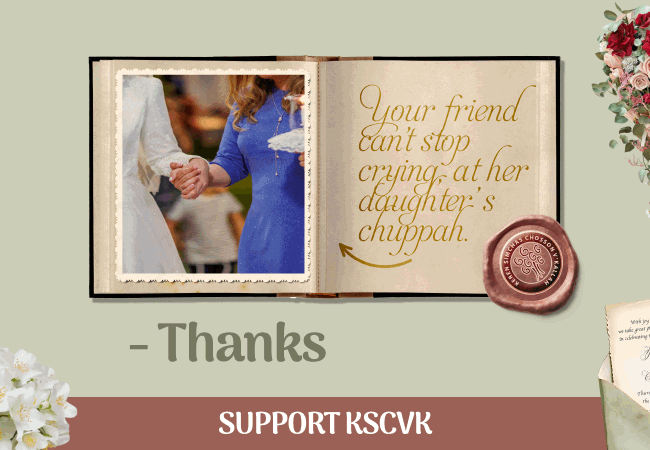
Cemetery moves Gaza graves to Jerusalem
A Gaza settler, his coffin draped in prayer shawls and an orange flag representing the settlers’ protest, was borne on shoulders along a winding path in Jerusalem’s ancient Mount of Olives cemetery, then buried Monday for a second time.
The ceremony was repeated five times in the hillside cemetery that overlooks Judaism’s holiest site, as graves from the Jewish cemetery in the Gaza Strip were relocated to Israel as part of the country’s pullout from the coastal territory.
The sensitive reburials came a week after the army finished emptying all 21 Gaza Strip settlements and four more in the northern West Bank as part of Prime Minister Ariel Sharon’s “disengagement” plan.
“We are here to ask for your forgiveness,” said parliament speaker Reuven Rivlin as he eulogized Itai Yulis.
The family of Yulis, who died of an illness in 1992, was evacuated from the settlement of Neve Dekalim.
“It was not enough that we took you out of your homes, but we also disturbed the eternal rest of your loved ones,” said Rivlin, a member of Sharon’s Likud Party who opposed the pullout.
Many of the 48 families chose to move the graves to the Mount of Olives cemetery, which overlooks the Temple Mount, site of the biblical Jewish Temples. A special section of the graveyard was set aside for the Gaza Strip graves.
Jewish tradition holds that when the Messiah comes, those buried in the Mount of Olives will be the first to be resurrected.
Participants at the funeral expressed hope that the upheaval of the Gaza evacuation would hasten the coming of the Messiah and the rebuilding of the Temple.
The Temple Mount is one of the most hotly contested sites of the Israeli-Palestinian conflict. The site, which currently houses the Al Aqsa and Dome of the Rock mosques, is revered by Muslims as Haram as-Sharif. In 2000, a demonstrative visit by then-opposition leader Ariel Sharon triggered bloody protests that escalated into more than four years of Israeli-Palestinian fighting.
At the reburial ceremony, Yulis’ body was taken out of the coffin and lowered into the ground on a stretcher, according to traditional burial rituals in Jerusalem. The body was then covered with earth taken from his grave in Gaza.
Family members cried and then tore their shirts in a symbol of Jewish mourning.
The Israeli military took responsibility for the transfer of the bodies. Military officials said they were determined to move the cemetery, one of the most sensitive aspects of the pullout, causing as little friction as possible with the families.
The chief military rabbi, Israel Weiss, ruled that the bodies must be reburied on the same day they are disinterred.
The Mount of Olives burials follow two other reburials Sunday. Two more graves were relocated Monday to other cemeteries.
Other bodies will be reburied in Nitzan, where Israel is building a new community to house some of the 8,500 settlers evacuated from Gaza, while the rest will be buried in cemeteries near their families’ new homes.
The army said all 48 graves would be transferred by the end of the week. On Tuesday the army is to conduct three military funerals.















